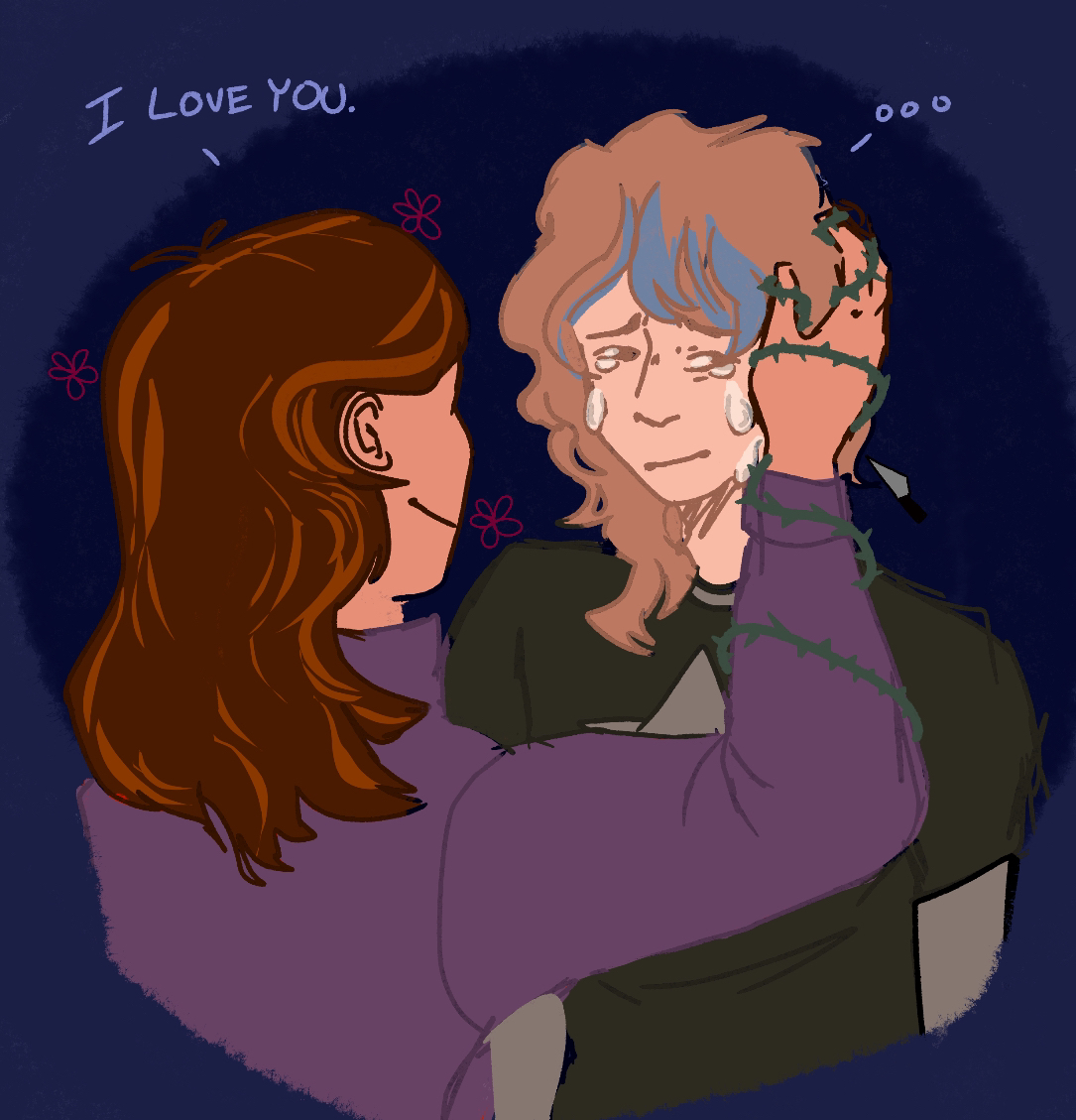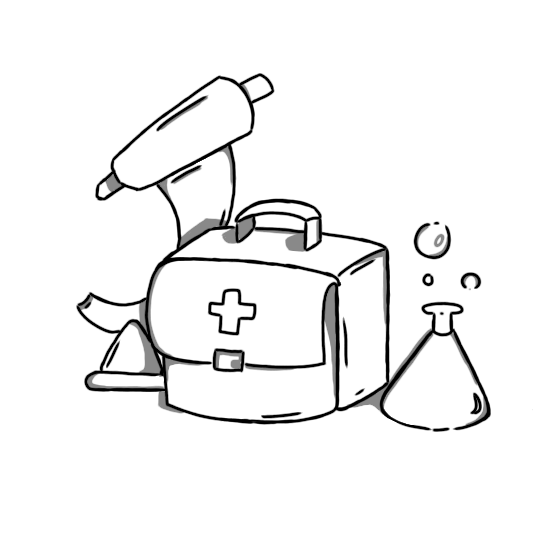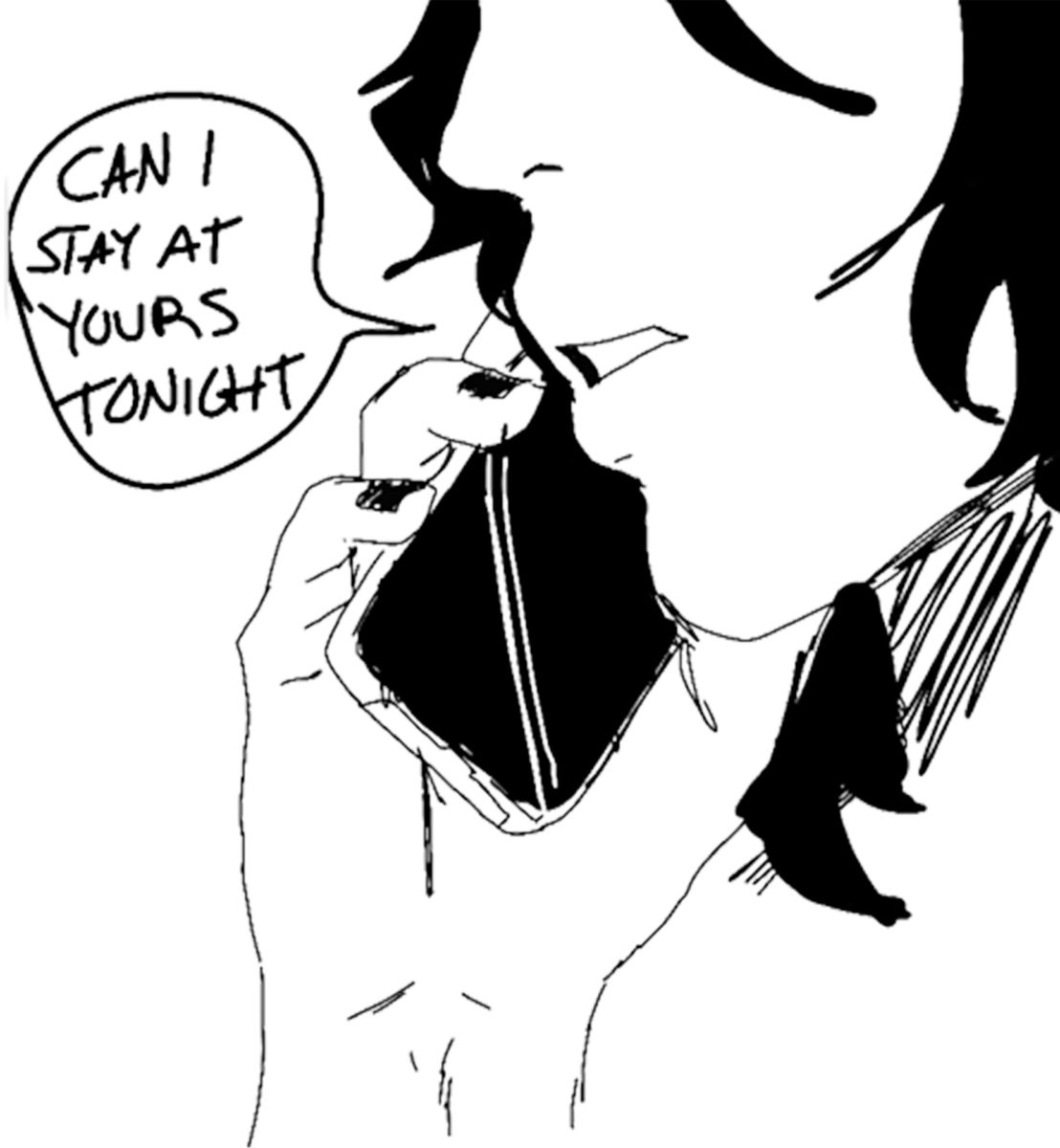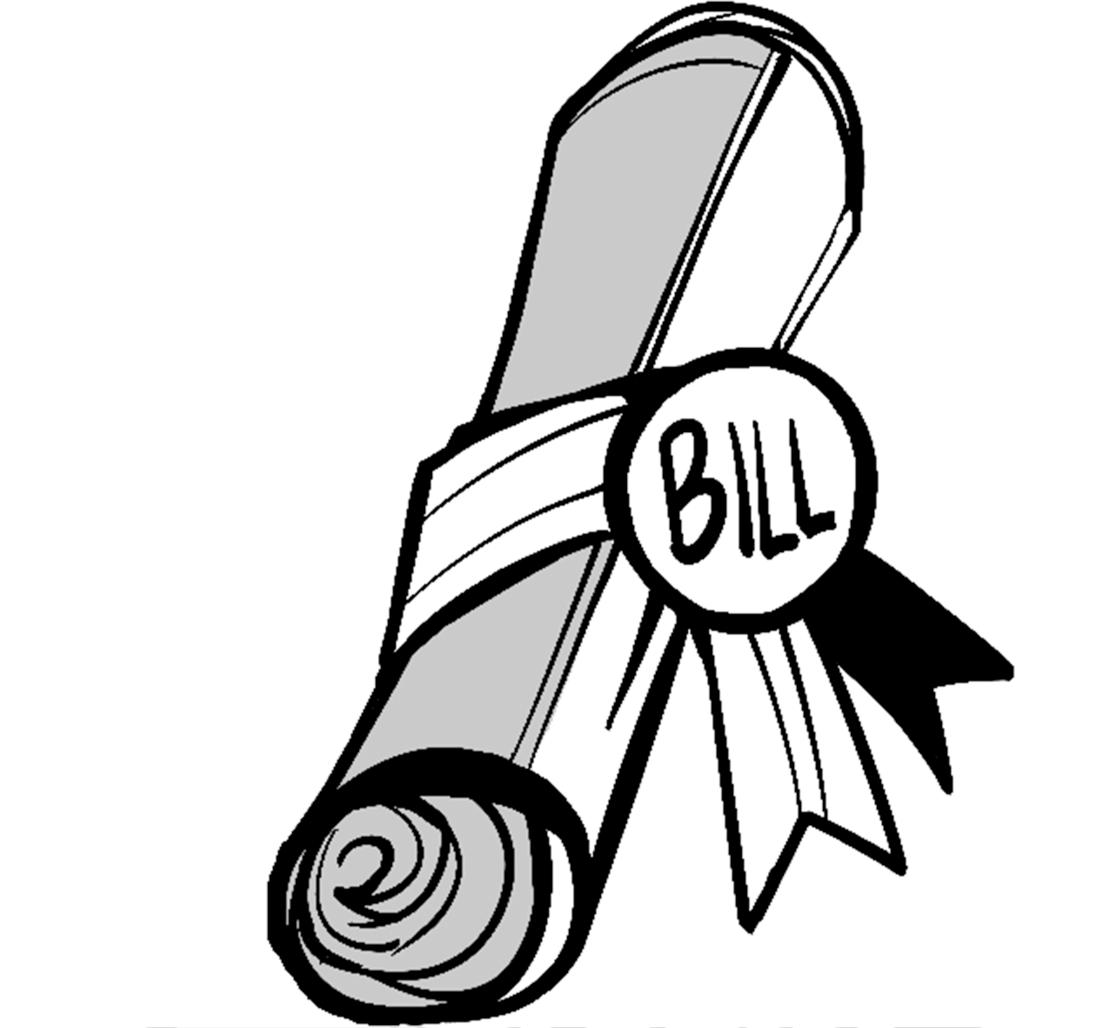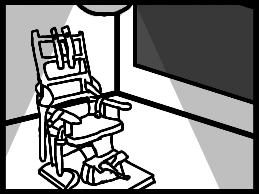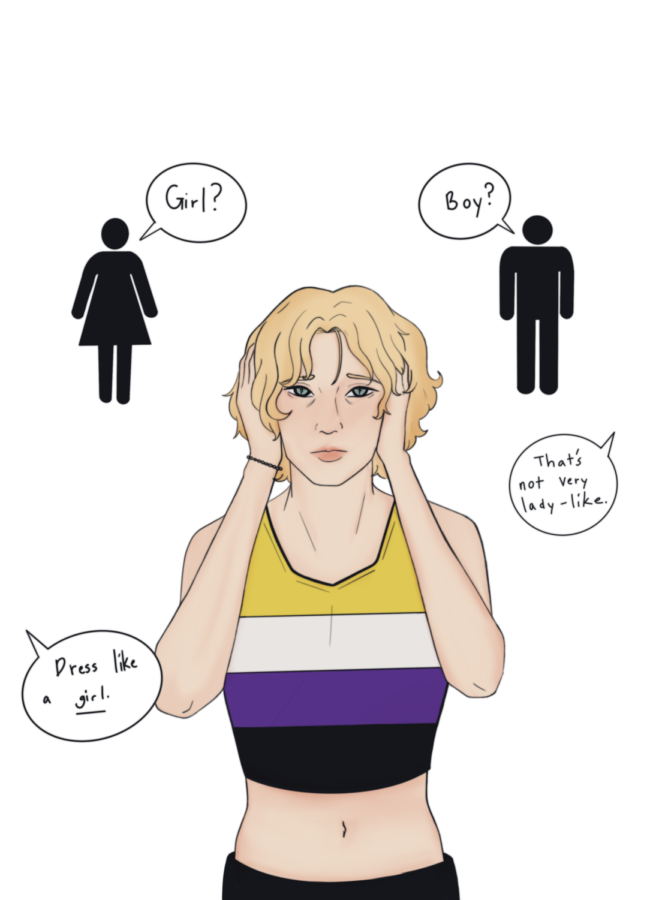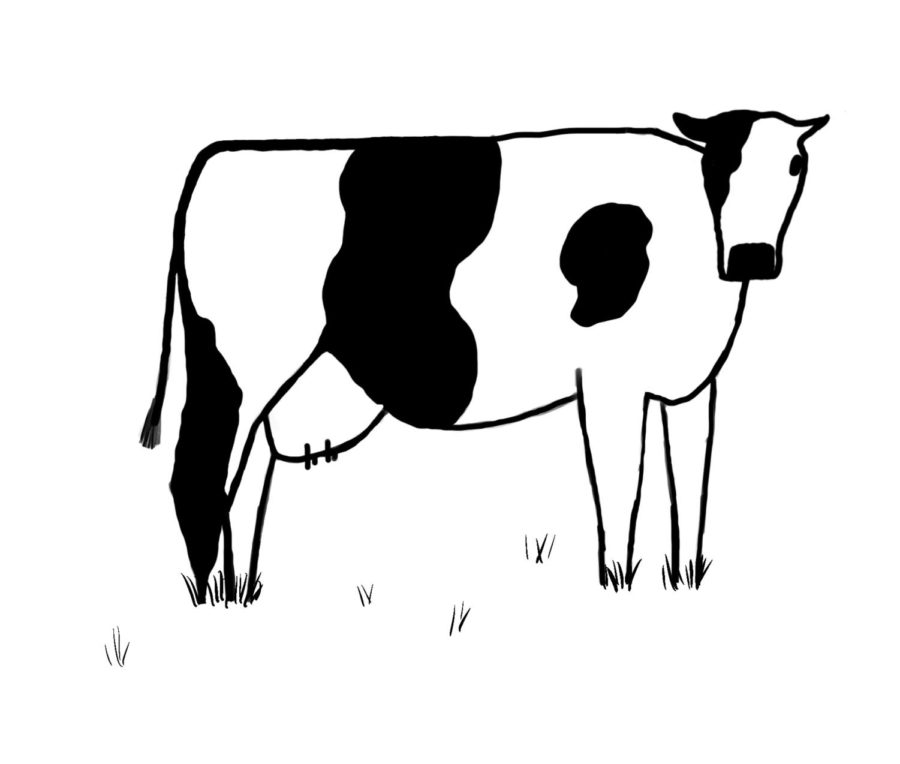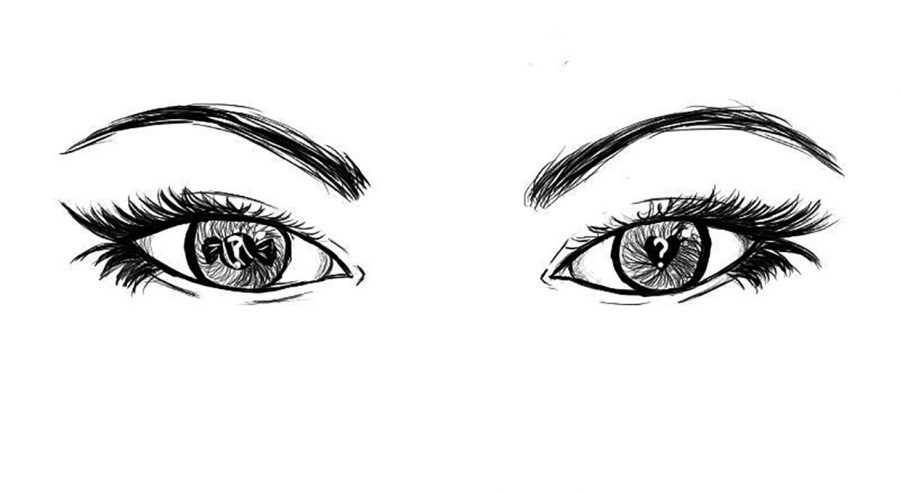There are about 6,912 languages around the world being taught, read, spoken and written. With so many languages circling around the globe it is inevitable that there would be miscommunication. However, one language is often overlooked and although it is not a spoken language it can be communicated to other people unconsciously – the art of body language.
Body language can be as simple as moving your hand toward your mouth or picking at your sleeves, everyday little habits, yet it gives people a better look at your character or your mood.
Some of the most overlooked body language is how people use their legs and their posture. Even though the legs can often be overlooked, they the exclamation point in a conversation or when hanging out in a group. Mostly they show whether a person is open and comfortable with the people around them or if they are negative and uncertain. Sometimes the legs can even reveal if a person is actually focusing or if they are daydreaming. For example, as Matthew McKay states in his book “Messages: The Communication Skills Book” when a person’s feet are pointing
in a specific direction, that is usually where their mind is focusing. When a person is speaking with someone and are interested in what is being talked about, that person’s dominant foot is pointing toward the other person. And if the person wishes to leave the conversation, the dominate foot points away. Whereas a person stands near someone and their feet are set firmly and far apart, they are showing that they are aggressive in nature, and usually dominate. When someone is sitting down or standing up and they are crossing their legs, it shows that they are submissive, defensive or close minded. The most common use of legs are when people are shaking or twitching their foot whether they be sitting or standing. This constant state of motion in the legs usually means anxiety or impatience. Moving up on the body language scale, people notice arm or hand movement a lot more than they notice leg motions. Gregory Bateson, a famous anthropologist, stipulates in his book, “Communication: The Social Matrix of Psychiatry”, that the use of arm or hand body language is mostly used for defensive tactics that the brain subconsciously sends to our arms and hands. For example, when someone crosses their arms over their chest, it mostly means that the person feels threatened or nervous. If someone’s arms are
crossed over their chest and they are making fists with their hands, it means that they are feeling extreme hostility toward someone or something. If someone only has one arm crossing their body and holding the other arm it represents a distressful moment or that they are insecure. Interestingly enough, when two people are hugging and one begins to pat or tap the back most people see it as affection when in reality it is used when the person wants the embrace to end. Ray Birdwhistell, the founder of the study of kinesics (study of human body language), wrote that he first noticed that people use their hands a lot more when they talk about something they are passionate about or trying are to elaborate on. The hands are more broadly used than any other
body part when people are trying to convey their feelings. For example, when a person shows their palms toward another person this shows that the person is unconsciously inviting trust, and when the palms are hidden, it means that the person isn’t willing to trust the other person. If the palms are faced downward when someone is outstretching their hands, it shows that the person feels superior and dominating. The most powerful body language we perceive are the eyes; they convey our thoughts and emotions a lot more than people might think. If one is talking in a conversation and they look up and to the right then usually it means that they are embellishing or using their imagination. If the eyes go to the lower left corners of their eyes they are searching
their memory, and when a person avoids eye contact altogether ,they are showing that they are either not willing to show their emotions, or are lying. And usually when a person hears something that they do not believe, they raise their eyebrows. Cambridge University Press printed a paper called the “ Pupillary System” which asserts that the most interesting part of peoples’ eyes are the pupils because they are uncontrollable; you cannot fool people easily with them. For example, when a person feels sexually aroused or excited, their pupils will dilate; and
when they feel angry, their pupils will become smaller involuntarily. The most recognized eye movement is the wink; the wink is associated mostly with attraction and affection for a certain person. Being aware of body language can help if someone is trying to succeed in social situations such as job or college interviews, the work environment, or being introduced to a new person. Body language can be as simple as moving your hand toward your mouth or picking at your sleeves, everyday little habits, yet it gives people a better look at your character or your mood.
Body language facts
1. Pulling on ones ear usually means indecision
2. Repeatedly shifting body weight from foot to foot a
gesture that generally indicates mental and physical
discomfort.
3. When talking with someone and the persons legs are
crossed toward the person they are talking to they are
interested in the conversation or the person (does not
have to be a sexual interest.)
4. When someone touches or slightly rubs their nose
usually they are doubtful of what they are being told,
or if they are the one talking and touching or rubbing
their nose then they are most likely lying.
5. When someone is clasping their hands behind their
back, generally it is out of Anger, frustration, or
apprehension.
Source: center-for-nonverbal-studies.org







